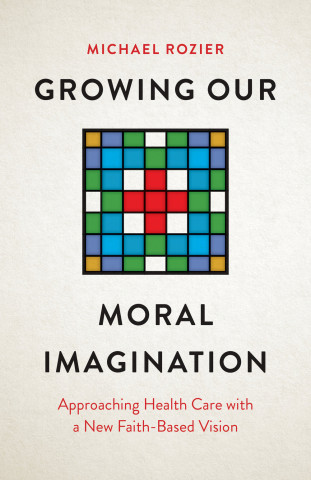
Reviews
This slender volume offers value on several dimensions. First, it is an explication of recent history that connects the dots from prospective payment to Medicare-based deficit reduction to cost shifting to managed care. By the same token, the story here serves as a bracing corrective to the mythology of market-based reform and the assumption that government's role in health is inescapably a negative one.
Whether discussing the Social Security Amendments of 1972 or the Balanced Budget Act of 1997, Mayes and Berenson entertain readers with insider anecdotes about the ideological and practical battles government policymakers fought with powerful provider lobbies.
A highly readable book that traces the history of Medicare prospective payment systems from their enactment in 1983 until today.
This book provides an excellent primer for physician leaders on the recent history of Medicare and the politics of elected officials using it as a cash cow. The authors challenge practicing physicians to carefully consider what may work in society’s best interests to improve health outcomes, rather than primarily focusing on how Medicare benefits their net incomes.
Mayes and Berenson offer an admirable product in this book, one that we should use to improve our own studies of the state and the agents who help define it.
An exhaustively researched and provocative tale of the politics behind how doctors and hospitals are paid in America—and the roots of our health care morass.
An invaluable resource on the political history of why Medicare is the 800 pound gorilla of U.S. health care. Mayes and Berenson skillfully challenge the assumptions of those convinced that Medicare should be restructured around private health plans. They've produced a policy book that is actually enjoyable to read.
Thoughtful, scholarly, and analytically powerful, this book is important for understanding and evaluating the prospective payment system and its impact on Medicare and the health care industry. A good read, with a wealth of historical anecdote and interview material. The final recommendations should be required reading for anyone seeking to reform Medicare or move toward national health insurance.
This rich and informative book does so much more than provide a marvelous history of the Medicare prospective payment system. It shows that emerging problems can be solved if we put our minds to that task. I hope it is read carefully and its lessons learned.
Quite simply a must read for students of U.S. health care. For those who want to understand what Medicare has done to control its spending, how federal payment policies affect the private sector in health care, and what Medicare can do now to strengthen its cost controls, there is no better place to start.
Mayes and Berenson tell a fantastic, ironic story about how a price-regulatory reform in our government-run Medicare program drastically changed private-sector health care to be more commercialized and profit driven. This is a must read for anyone wanting to understand the managed care revolution, the managed care backlash, and why the competitive strategy is viewed with great skepticism today.
A brilliant history of Medicare's success in taming medical inflation by controlling prices and a sobering account of the challenge of runaway expenditures caused by inflation in the volume and intensity of utilization. This book sets the stage for the debate over Medicare's role in ensuring the quality and efficiency of health care.
The story of Medicare's futile struggle to control its costs, and a convincing demonstration of the need for major reform of the health insurance system. This is an important contribution.
For trans-Atlantic spectators of the U.S. scene, this book provides an invaluable analysis of the role of Medicare in shaping U.S. health care. Reading it made me realize that seeing Medicare simply as a program for elderly people is to miss its wider impact and its potential for the future development of health care in the United States. Its willingness to question conventional wisdom and shrewd analysis make it an important contribution to the literature.
Book Details
Acknowledgments
List of Acronyms
Introduction
1. Origins and Policy Gestation
2. Development, Growing Appeal, and Passage of Prospective Payment
3. The Phase-In Years and Beginning of "Rough Justice" for
Acknowledgments
List of Acronyms
Introduction
1. Origins and Policy Gestation
2. Development, Growing Appeal, and Passage of Prospective Payment
3. The Phase-In Years and Beginning of "Rough Justice" for Hospitals
4. Medicare Policy's Subordination to Budget Policy, Increased Hospital Cost Shifting, and the Rise of Managed Care
5. The Resource-Based Relative-Value Scale Reforms for Physician Payment
6. The Calm before the Storm
7. The Reckoning and Reversal
Conclusion: How Medicare Does and Should Shape U.S. Health Care
Appendix: Interviews
Notes
References
Index





